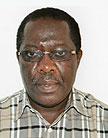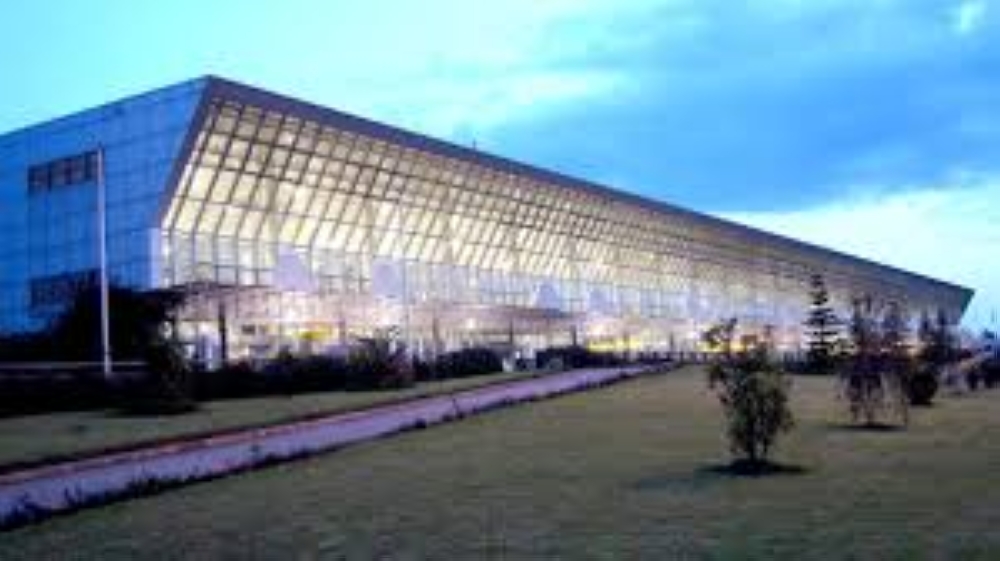Welcome to the first piece of Mining Corner. The Mining Corner will engage a wider audience of stakeholders and beneficiaries in the mining sector.


Welcome to the first piece of Mining Corner.The Mining Corner will engage a wider audience of stakeholders and beneficiaries in the mining sector. The current article will concentrate on the background of the sector and Rwandan’s mining profile. The subsequent articles will talk about our strategy for success and an update on key activities currently taking place.Rwanda sits on the system of rock types known in the scientific circles as the Kibaran belt rocks. These extend from Tanzania, through Uganda, Burundi, Democratic Republic of Congo (DRC) and Angola. This belt is well known by geologists to be rich in minerals especially tin, tungsten, tantalum, niobium, lithium, nickel, beryl, uranium, thorium phosphorus and others etc. Today, the key minerals being mined and traded in Rwanda are: cassiterite, coltan, and gold.The mining industry has always had a strong positive impact on the Rwandan economy. From 1930 to 1968, mining production increased from 20% to 42.5% of all foreign exchange earnings of the country. However, between 1969 and 1973, the share of mineral revenues decreased from 42.5% to 21.6% due to depressed investment. While the creation of SOMIRWA in 1973 was meant to turn around the industry and increase the export earnings of minerals, this did not happen and from 1980 to 1984 production fell almost to 10% of export earnings. The industry did not recover till recently. Since 1994, there has been a gradual recovery of revenues due to increased government support and focus, with exports growing gradually from 3.82 million US$ in 1997 to reach 158 million US$ exports in 2011.The government’s vision for the mining sector is "to ensure the optimal and sustainable utilisation of its mineral resources”. In Vision 2020, Rwanda’s Mineral Industry is targeted to contribute both to Rwanda’s economic growth in general and the trade balance in particular, as well as to off-farm employment.In the EDPRS, there were two targets set out by government for the sector:(i) Increase mineral exports by 250% from $US 38 million in 2005 to $US 106Million by 2012 and (ii) Increase employment in the sector from 25,000 in 2005to 37,000 in 2012 of which 20-30% should be women.The Sector has surpassed its EDPRS targets in export earnings: Exports for 2011 totalled USD 164,656,786, which comprised 158,800,000 from domestic production and re-exports (January, February and March 2011, before mandatory tagging was introduced on 01/04/2011), against the EDPRS target of 106 million US$ in 2012. The current employment in the sector is estimated to be 35,000.Over the last 5 years, Government has worked to reform the sector and has made several progressive steps to maximise the sectors potential and ensure that mining is able to propel economic growth. There is a strong focus on increasing domestic production and revenue from mining. The sector has been transformed from a publicly-run sector into to a private industry.Major successes include: (1) Government has successfully developed a vision, legal and institutional framework and delivery plan for the sector (there is a new policy, a new mining law with all ministerial orders to operationalise it approved, and a strategic plan up to (2013), (2) Increase in production and export earnings; (3) Enhanced measures to implement an internationally recognised mineral traceability system. Currently, Rwandan minerals are accepted in all markets in the world; (4) Some measure in enhancing geological knowledge to ascertain Rwanda’s mineral potential are in place: (i) government funded exploration projects and (ii) privately funded exploration programs notably in gold exploration; (5) More than 100 companies and cooperatives are currently producing minerals in Rwanda from mines totalling more than 400; (6) Strategic Capacity Building Initiative (SCBI) currently being implemented in the sector etc.The author is the Director General of the Geology and Mines Department in the Ministry of Natural Resources.




